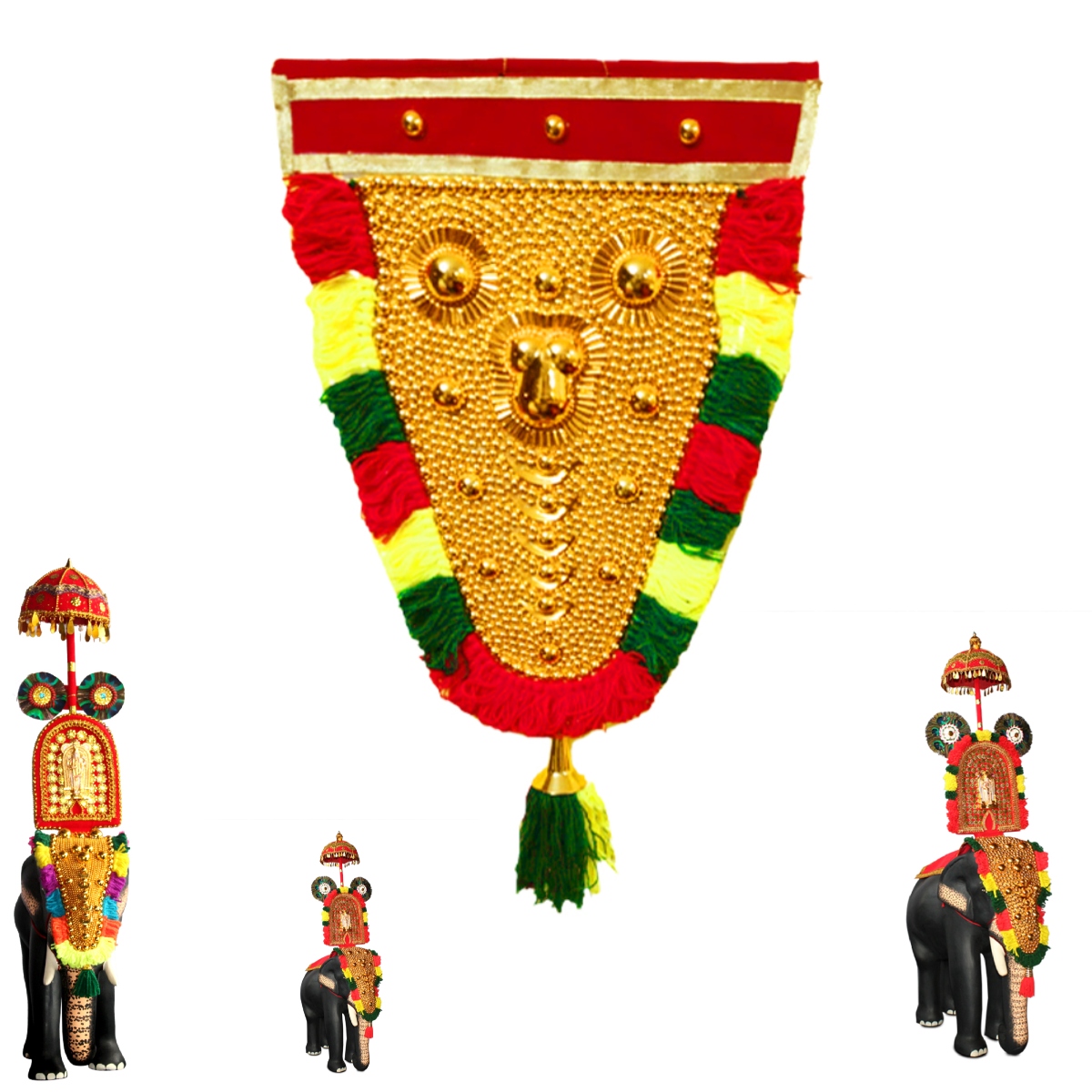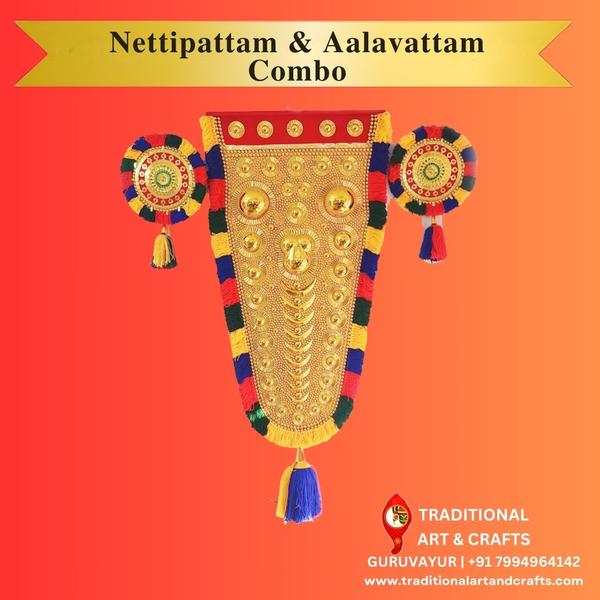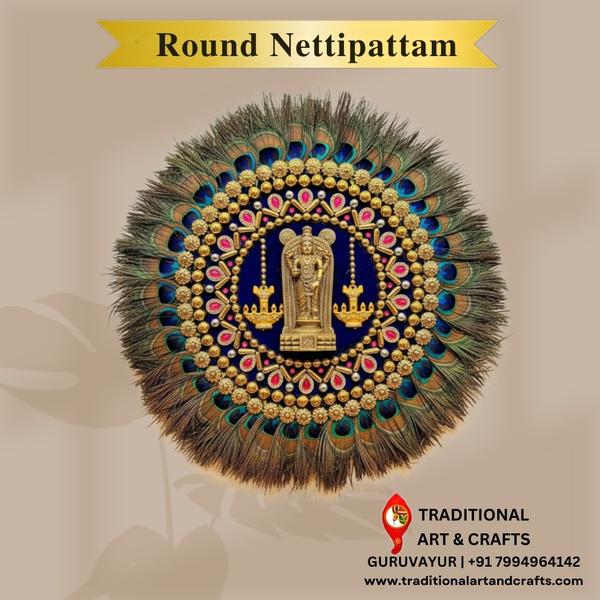
The history of nettipattam, also known as nettipattom, can be traced back to the Malayalam language. The word "nettipattam" is a combination of two words, "netti" meaning forehead and "pattom" meaning a band. Nettipattam is a traditional ornament used in Kerala to adorn the forehead of temple elephants during temple festivals and other auspicious events.
Legend has it that the nettipattam was designed by Lord Brahma, and the first lucky elephant to wear it was Airavata, the white elephant of Lord Indra.
In addition to its historical significance, nettipattam is also considered to be an integral part of Kerala culture. It is often translated into English as an elephant caparison and is made with gold and copper.
As for the benefits of keeping the wall hanging nettipattam at home, there are cultural and religious beliefs associated with it. In some cultures, keeping the forehead at home is believed to bring good luck and prosperity. It is also considered a symbol of protection and blessings from the divine sources.
Keywords
nettipattam elephant caparison
nettipattam online shopping
nettipattam online
wall mounting nettipattam
elephant caparison
wall hanging nettipattam
historical significance
traditional ornament
first lucky elephant
malayalam language
religious beliefs
temple festivals
temple elephants
white elephant
kerala culture
divine sources
integral part
lord brahma
nettipattom
lord indra
prosperity
blessings
good luck
forehead
airavata
addition
benefits
cultural
cultures
english
history
symbol
band




